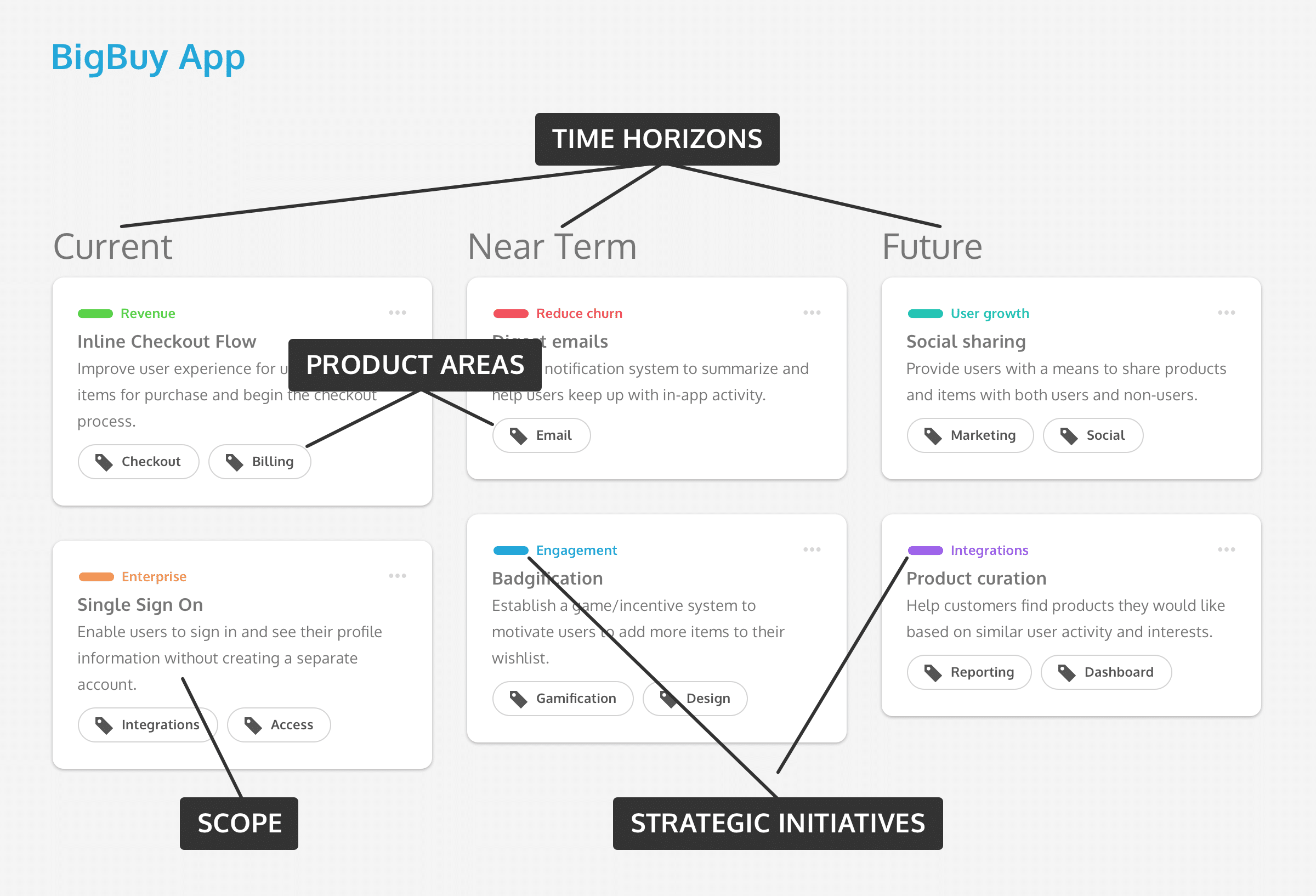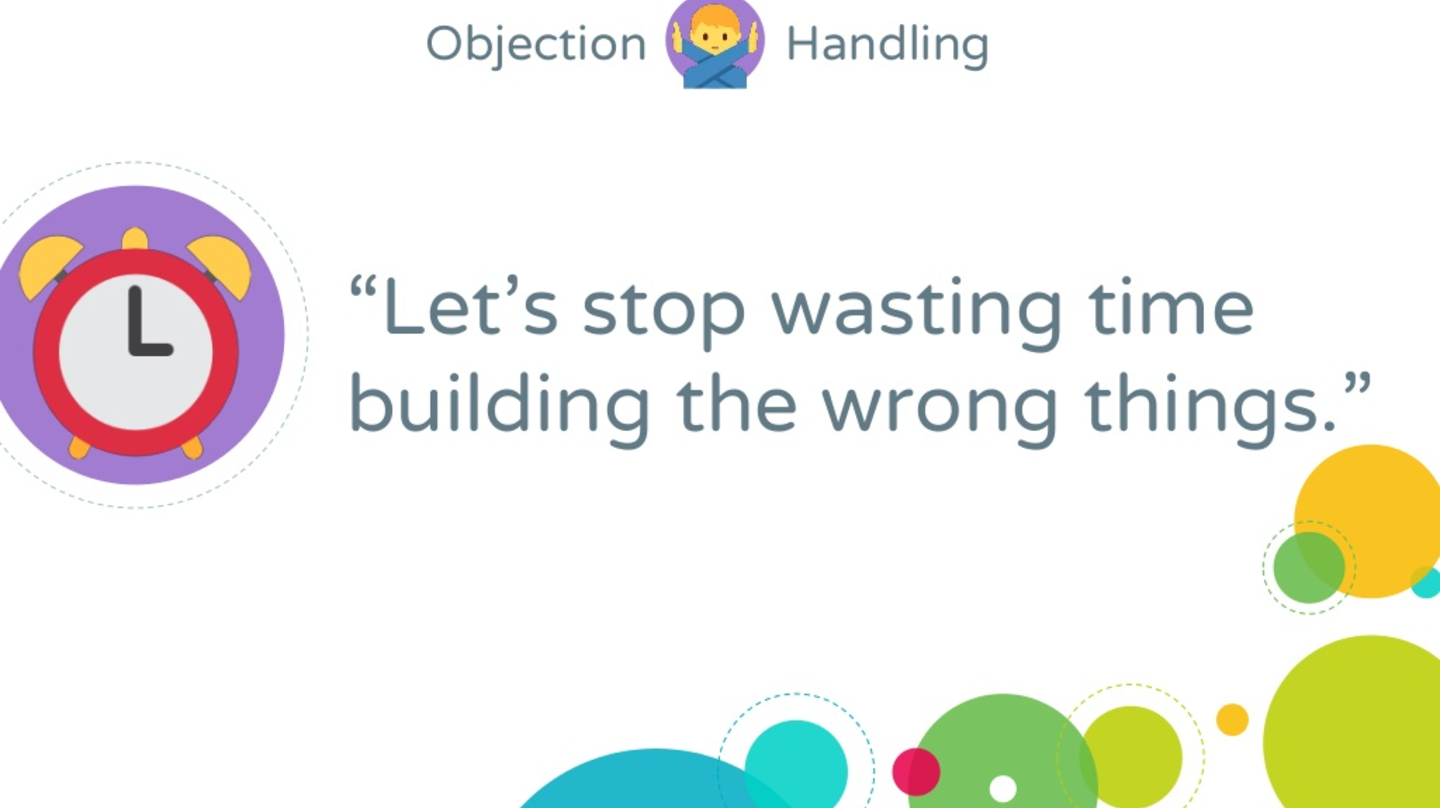7 Brilliant Little Skills To Master Your Role As A Product Manager
Here’s what no one has told you about your role as a product manager: it’s essentially a sales job. Except it’s possibly the hardest sales job of your life.
Because you don’t get training or even training wheels when you start this gig – and no one tells you that the hardest thing about a product manager role is managing people.
As co-founder of ProdPad and Mind the Product, I’ve worked with hundreds of product managers and product teams so far.
There has never been an exception to this rule.
People are hard. People are unpredictable. They have office politics, opinions and expectations. They’re biased. They’re wrong more than they want to be. Then there’s this whole other group of people who have more power and money and who aren’t afraid to use it.
When things go wrong, what I can tell you for certain is that your roadmap won’t be the problem. It’s how you’re dealing with people problems.
This was the topic I dove into at my talk at a Mind the Product conference in San Francisco a little while ago. You can watch the full video above or skip right to the seven survival tactics I’ve learned over the years as a product manager.
7 survival tactics for your product management career
1. Ask open questions to get people talking

One of the more stressful myths about your role as a product manager is that you should be one with all the answers. That’s a tall order were it true – but it’s not. It’s not your job to show up with answers. You’re supposed to know less than your colleagues!
Instead, show up with the best questions to draw out insights that your colleagues can offer to you and the rest of the company. Use prompts to get people to continue talking and elaborating, whether it’s at your quarterly roadmap meeting or you’re getting oriented at your new product manager job.
- “Go on…”
- “What else?”
- “Tell me what you really think…”
People clam up when they feel their ideas are not worth sharing – and this is toxic at a product company. The most valuable product ideas come from within your business, but not if they’re being dismissed, ignored or belittled.
Effective product managers let other people talk while they look for opportunities. You can too.
2. Make your roadmap tell a story

A bad product roadmap is a symptom of underlying issues in the company.
It’s a bad sign if you use acronyms on your product roadmap. A pretty bad sign too if you have a bunch of features that require you and your scrum master on hand to translate. It shows that the most basic plans for your product’s future are inaccessible to the people working on them.
The essence of the product manager role is to be a storyteller. If you’re going to get alignment, your roadmap needs to tell the STORY of how you’re going to reach your product vision.
Stories have massive power to translate difficult concepts and to get people on your side. It’s why we write user stories and jobs to be done. It’s why we craft user personas and specs.
It’s your daily job to be the best communicator – and part of that responsibility includes aligning your organization around one product narrative. Simplify your roadmap and focus on communicating what matters: where you are now and what sorts of things you’re going to do moving forward.
RELATED:How To Build A Product Roadmap Everyone Understands
3. Play the Product Tree game

Don’t have a product roadmap? Build one together! The Product Tree is the perfect game to bring your team into early strategic discussions.
Find a big blank wall and put up a big blank tree outline. The trunk is what you currently have and will build from, and the branches represent product areas, or directions your product could grow in. The roots represent the infrastructure that holds your whole product up.
Get your team to write down as many product ideas as they can on to sticky notes. Then have them work together to place the leaves on the tree.
Your job as product manager is to lightly curate, but let them each make their own arguments for or against the placement of each leaf. This is your chance to learn what’s important to each person in your company.
The end result is the beginnings of your roadmap. Not a bad ROI for a fun afternoon project!
Get a blank Product Tree here (PDF version)
4. Invest in psychological safety

I once worked with a customer who joined a company as Head of Product. In the interview itself, several people broke out in tears. They were desperate for help.
The culture at this organization was completely broken – and building back a sense of trust and psychological safety was her first order of business.
But what is psychological safety? It’s when you make people feel comfortable speaking up, whether it’s to report errors or pitch in to help with the product.
It can be as simple as a couple tweaks to your language that help people to feel like they can open up.
For example: “How might we…?”
Using this kind of language turns the issue into a collective problem. It supposes instead of asserts and it doesn’t make anyone feel like they’ve been put on the spot.
Then there’s this one: I bet…!
“I bet” is a bit of a language trick. It gives you permission to make a guess, but it also gives you space to fail and try again. After all, it not YOU that was wrong – it was your hypothesis.
Another big way to create a feeling of safety in the workplace is to elevate the voices of those around you and make your team feel valued.
- “I like what Sam just said, when she suggested we so-and-so.”
- “Mark had a great point about that earlier.”
Give credit where it’s due. If you want your team always to have your back, make sure you’ve got theirs.
4. When things get tough, make a product box

What if you have to sell your product vision to someone who isn’t buying in? If you can’t get your boss onboard with your plans, you’re going to have to bring more to the table than an opposing viewpoint.
Get you team ready for an afternoon of arts and crafts – I have another game for you.
The Product Box is a storytelling game. It’s a great lean validation tool when you’re thinking about a new pivot or feature.
Start with a bunch of crafty materials, like cardboard, stickers, markers, tape, whatever you can get your hands on. Then think about how you’d sell the feature if it was a cereal box.
By the time you’re done, it’ll be covered in what your team thinks are the biggest selling points. Practice selling your box to other groups and get a feel for what sticks.
You’ll develop something everyone on the team can get behind and believe in. Take that to the boss – this time, with the full buy-in of your team – and try again.
6. Call bullshit when you see it

Sometimes you have to hit ‘em where it hurts to make your point.
I once worked with a client, Penny, whose exec team had told her the roadmap was set in stone. It had no scope for experimentation and it had to be delivered all at once.

This was crazy by any standard. But it was also a terrible business decision to invest in a roadmap that no one could validate!
So here’s what Penny and I did to get our way. She developed a spreadsheet that compared the cost of the 5 years development against the potential costs of building the wrong thing. Penny showed them the money, including the financial cost of supporting the accruing technical debt. That did the trick.
Her bosses came around to the fact that the roadmap was full of things that might not matter by the time they launched. Better to spend resources on experimenting and iterating.
So speak up when you’re told to cut corners. Call bullshit when you see it. It might be hard now, but not as hard as when you’re stuck with a product no one wants.
7. Use the old improv tactic: “Yes and…”
Have you heard of “Yes and…”? It’s an improv exercise to keep a scene going, but also a really useful internal sales tactic.

Use it to agree with the person and their premise, and then add to it and rework it in a way that bridges the conversation back to your agenda as product manager.
- “Yes and…that’s exactly what I was thinking about when I designed this workflow.”
- “Yes and….I agree that our UI needs work which is why I suggest looking into this design?”
- “Yes and…I think this is an important issue too. How about we start with this project I’ve suggested?”
It also helps you negotiate for what you want without shutting them down.
Get to know the executives in your company. Communicate in a way that makes sense to them. Find out their objectives and figure out what problems you can solve for them. It moves the conversation in the direction you want it to go.
BONUS: Learn to live with Imposter Syndrome (we all have it!)
Finally, don’t apologize for what you don’t know. You’re not behind the pack and you’re definitely not alone. We’re all winging it here!

Having a touch of Imposter Syndrome is good for you. It means you’re self aware.
What I’ve shared here is advice that I’ve learned over a decade in a product manager role – it certainly doesn’t happen overnight. Great products are built with learning and iteration. Great product managers are too.
No two product managers will have exactly the same challenges. We’re all dealing with a product culture made up of different people, personalities, and politics.
The best way to speed up your progress? Surround yourself with other product managers! Reach out for help and you’ll get it.
Want the full slide deck from my talk at MTPcon San Francisco? Grab them here.


One thought on "7 Brilliant Little Skills To Master Your Role As A Product Manager"
Comments are closed.